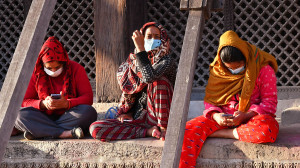Sports
The meteoric rise and steep fall of Sandeep Lamichhane
Nepal’s most well-known international sportsperson who put Nepal on the global cricketing map is currently facing the crisis of his life.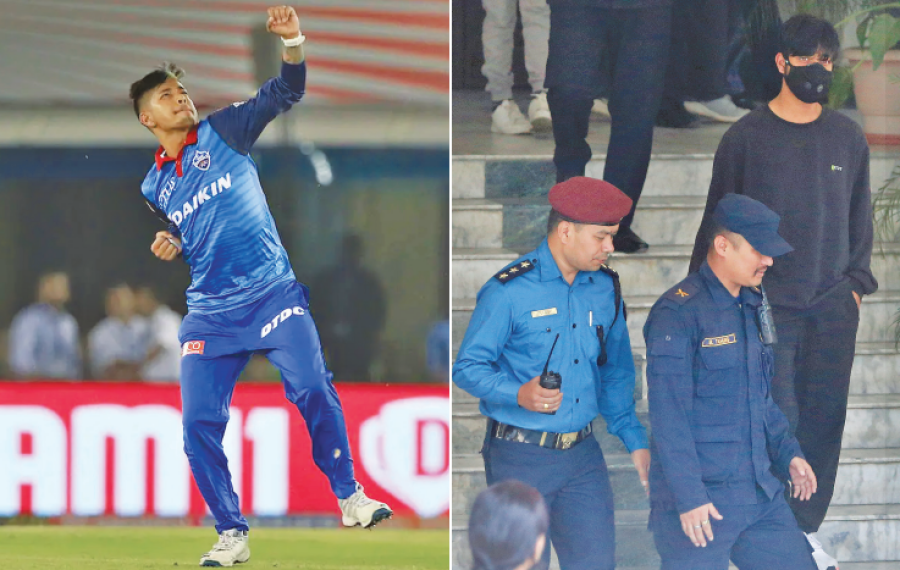
Prajwal Oli
Nepali cricket’s poster boy and arguably the country’s greatest international sportsperson to date, the 22-year-old leg-spinner Sandeep Lamichhane, is currently staring at an uncertain future: a probable long jail-term that could derail both his life and career.
Lamichhane was a precocious talent.
When the former national cricket coach Pubudu Dassanayake saw him bowl in the nets in Kyampachaur, Chitwan, in 2015, the Sri Lankan was instantly impressed and brought the then 14-year-old to the national team’s training camp.
It took no time for the Sri Lanka-born Canadian coach to identify the talent of the innocent-looking teenager. He was brought into the national setup at a time when the avenues into the national team were largely blocked by conflicts in Nepal’s cricket-governing body and lack of funding.
Young Lamichhane played his very first match under the captaincy of Sharad Vesawkar when the national side was divided into four teams for an internal tournament. He more than showed his potential by claiming four wickets.
Lamichhane’s rise to fame is no less than a fairy tale. He thrilled the cricketing world the following January and February, grabbing a hat-trick against Ireland in the 2016 ICC U-19 World Cup, thereby becoming the only fifth player in history to achieve the feat. He underlined his bowling credentials, finishing as the tournament’s second-highest wicket taker with 14 scalps, only one behind the leading wicket taker, Fritz Coetzee, of Namibia.
Lamichhane marked his debut in the national side in the ICC World Cricket League 2 against Namibia in April 2016. After that, he became not only a key player of the national team, but also the country’s most successful sports star, considering his demand in the world’s prominent money-spinning franchise cricket leagues.
Lamichhane’s fame and fortune rocketed after he crossed paths with the former Australian captain Michael Clarke, in the inaugural edition of Hong Kong T20 Blitz in May 2016, with both playing for Kowloon Cantons.
Clarke was impressed with the kid’s talent, variations in bowling and fearless approach. The Australian invited Lamichhane to train at his academy and also to play in the Sydney Premier Cricket from Western Suburbs.
Lamichhane, then 17, became the first-ever and thus far the only Nepali player to earn an Indian Premier League (IPL) contract, as he was bought by the Ricky Ponting-coached Delhi Daredevils (later renamed Delhi Capitals). Clarke’s connection with his compatriot Ponting is believed to have played a role in Lamichhane’s recruitment in the IPL team. He remained with the Capitals for three seasons.
In 2018, Lamichhane showed what he had to offer the cricketing world after he was included in the last three matches of the IPL by taking five wickets at an economy rate of 6.833.
Former national coach Jagat Tamata considers Lamichhane's entry into the IPL one of Nepali cricket’s biggest achievements. “That hat-trick against Ireland in the U-19 World Cup was one of the key factors in his selection for the IPL,” said Tamata, who then coached the U-19 side.
“His selection by Delhi Capitals not only opened the door for other big franchise events, it also helped put Nepal on the global cricketing map. He inspired many young players to play the game and instilled in them a belief that they too could play in similar platforms in the future,” added Tamata.
Lamichhane subsequently became the only globe-trotting player from Nepal, featuring in Australia’s Big Bash League, Caribbean Premier League, Abu Dhabi T10 League, Pakistan Super League, Global T20 (Canada), Afghanistan Premier League and the Bangladesh Premier League.
Apart from becoming the country’s most sought after cricket star, Lamichhane broke several records. He is Nepal’s highest Twenty20 International and One-Day International wicket-taker with 85 scalps in 43 matches in the shortest format of the game, and has taken 69 wickets in the ODIs. He was elevated to the national captaincy in December last year.
Lamichhane also holds the record of best bowling figure for Nepali players, both in the ODIs (5.1-0-11-6 against Papua New Guinea) and T20Is (4-0-9-5 against Kenya).
He is also the second-quickest international player (22 matches) to reach the 50-wicket milestone in the ODIs, only behind Ajhanta Mendis of Sri Lanka. Likewise, Lamichhane is the third-fastest to 50 wickets in T20Is (29 games), behind Mendis and Irishman Mark Adair.
But having reached the highest of the highs in such a short time, the subsequent fall was also precipitous.
His fortunes would drastically change in the first week of September this year.
The 22-year-old’s fame collapsed like a house of cards after a minor girl filed a rape case against him in Kathmandu on September 5, at a time Lamichhane was in Trinidad and Tobago playing in the Caribbean Premier League (CPL).
Following the rape case, not only was he suspended by the Cricket Association of Nepal (CAN), he also became ineligible to play in the CPL, as Jamaica Tallawahs suspended his contract. Lamichhane was arrested at the Tribhuvan International Airport upon his reentry into the country on October 6 and is currently in judicial custody. He has been charged under Section 219 of the Criminal Code (2074). If the charge stands, he will be imprisoned for 10 to 12 years.
Though Lamichhane and his lawyers have refuted the rape allegation as baseless, police investigation concluded that the cricketer had indeed raped the minor and has filed a case accordingly at the Kathmandu District Court.
The verdict is unlikely anytime soon and the cricket’s governing body would not give him clearance to play until the court final decision. “If Lamichhane had admitted to all the charges, the verdict could have come on the very first day,” said advocate Biraj Thapa. “But as he has dismissed the allegations, it could take at least eight to 10 months, even if the court proceedings go fast. In this case, the final hearing could even take years.”
Meanwhile, the Kathmandu District Court on Friday remanded Lamichhane to judicial custody. The court's order means Lamichhane now has to stay in jail until it delivers a final verdict in the case.
Whatever the final verdict, Lamichhane faces almost insurmountable obstacles to reviving his stalled cricket career.
Even if the court verdict in his case comes at the earliest and in his favour, it would probably be nearly a year from now that he would be released. And, by that time, Lamichhane shall have been without a bat or ball for almost a year.
But former national cricketer Sanjam Regmi believes that Lamichhane could make a comeback, if he walks free in the next couple of years. “A spinner can very well mount a comeback within six months. The Pakistani fast bowler Mohammad Amir marked a comeback after a five-year International Cricket Council suspension and three months jail term,” said Regmi.
The fame and adulation Lamichhane received at a tender age was probably too much to handle for a teenager. He could not continue his formal education after entering the national camp as a promising teenage cricketer. He was away from his home, most of the time, and holed up with teammates at hotels.
He earned millions from his lucrative contracts with franchises around the globe. But good manners were something Lamichhane always lacked, his contemporaries say on the condition of anonymity.
Lamichhane’s relationship with senior team members including then-captain Paras Khadka soured in 2017. Cricket fans in Nepal were taken aback when he suddenly unfollowed Khadka on Twitter. His relationships with senior players in the current national squad, which he used to captain before his suspension, were fraught.
“He was not on good terms with senior players in the team,” said a member of the national team who played alongside Lamichhane.
Psychologist Tashi Gurung says quick fame and money can get to the emotionally-immature teenagers and youngsters. “They may start thinking that they are all-powerful and they can get away with anything.”
On the cricket ground as well, Lamichhane has been accused of showing arrogance. In November 2018, a group of spectators chanted slogans against him during the Pokhara Premier League after he argued with the umpires. At the time, he was leading the Biratnagar Titans against the Chitwan Rhinos. Lamichhane was handed one demerit point.
Talking to the Post back then, his manager and the national cricket team analyst Raman Shiwakoti had said: "He is young and has achieved a lot of things. There is a certain amount of change in his attitude, but he will learn to handle his stardom, with time. It is tough for a young boy to understand all the practical things and at the same time offload the burden of giving consistent performances.”
Former national cricket captain LB Chhetri also points out flaws in CAN and other sports associations, in how they handle players. “Sports associations are guardians of the players, but the ones in Nepal can seldom provide that kind of guardianship. I would say almost 98 percent of our sports associations fail in this duty,” said Chhetri, adding that it is high time sports teams started hiring psychological and behavioural counsellors.
“[But], a player like Lamichhane, who has had an exposure at the global stage and is the face of Nepali cricket, should certainly have been more responsible in his behaviour,” said Chhetri.




 17.12°C Kathmandu
17.12°C Kathmandu
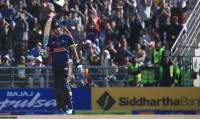
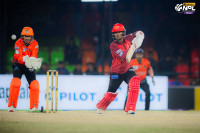
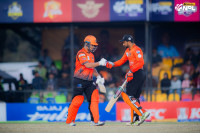


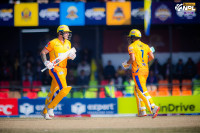

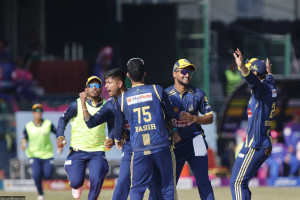
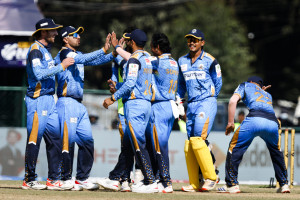

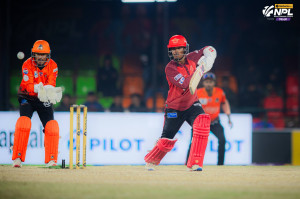


%20(1).jpg&w=300&height=200)

